
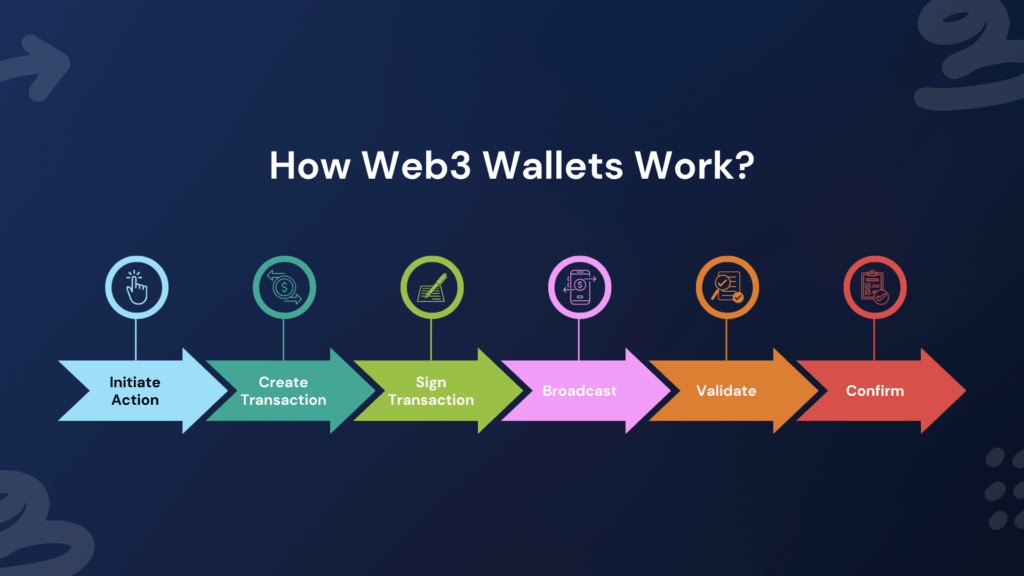
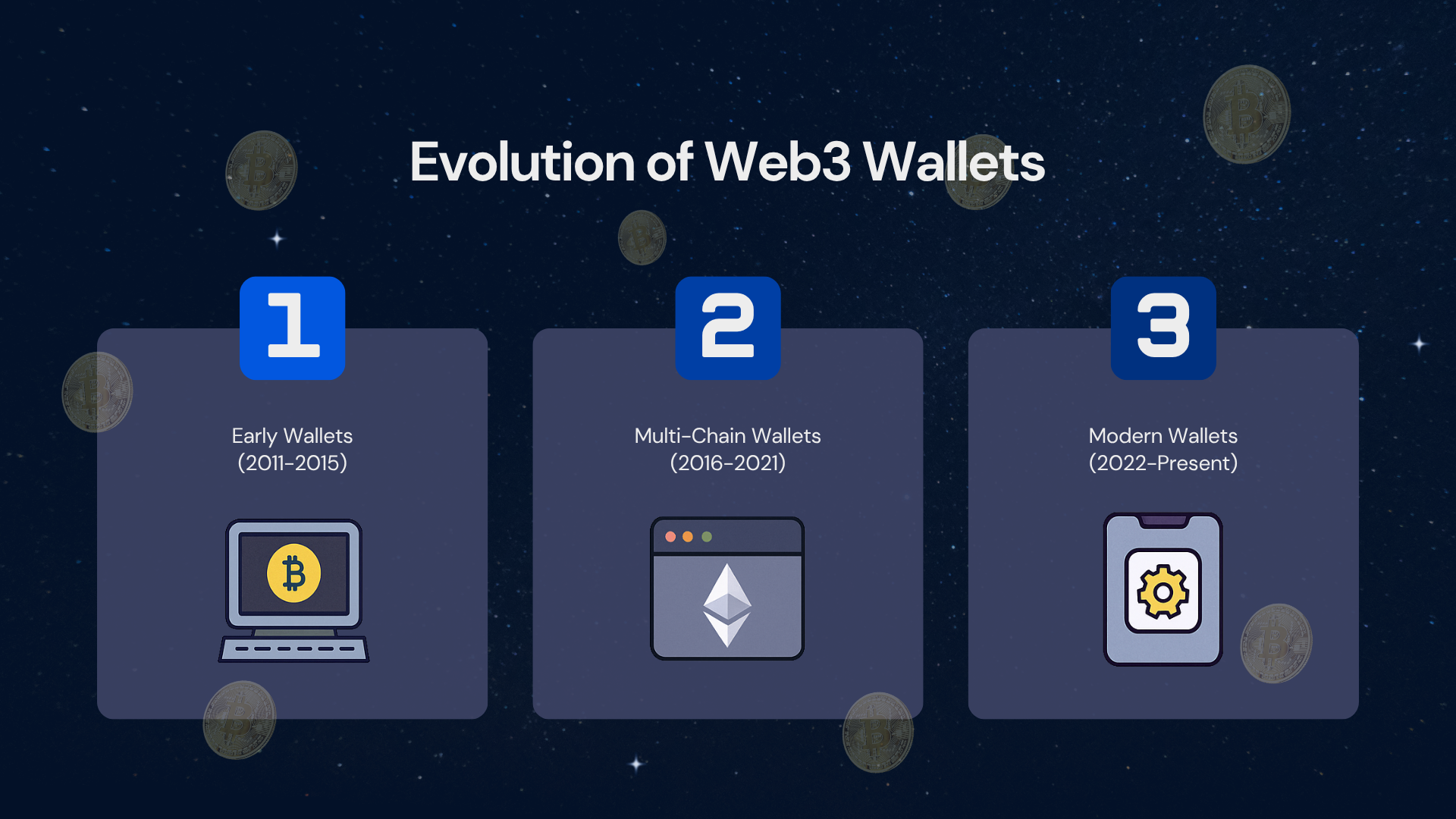
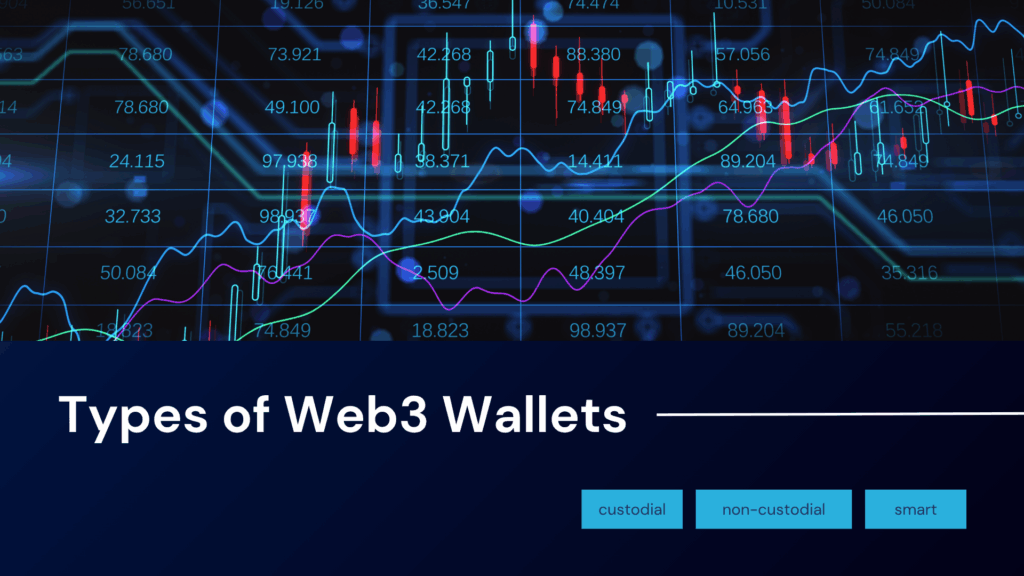
Web3 wallets fall into three main categories: custodial, non-custodial, and smart wallets. Each suits different user needs.
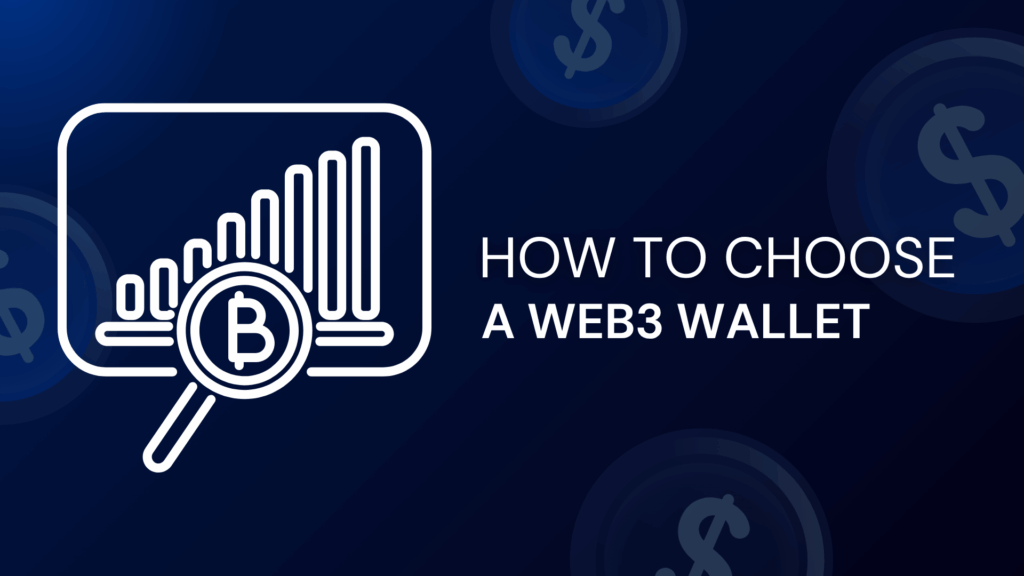
1.
2.
3.
4.
1.
2.
3.
1.
2.
3.
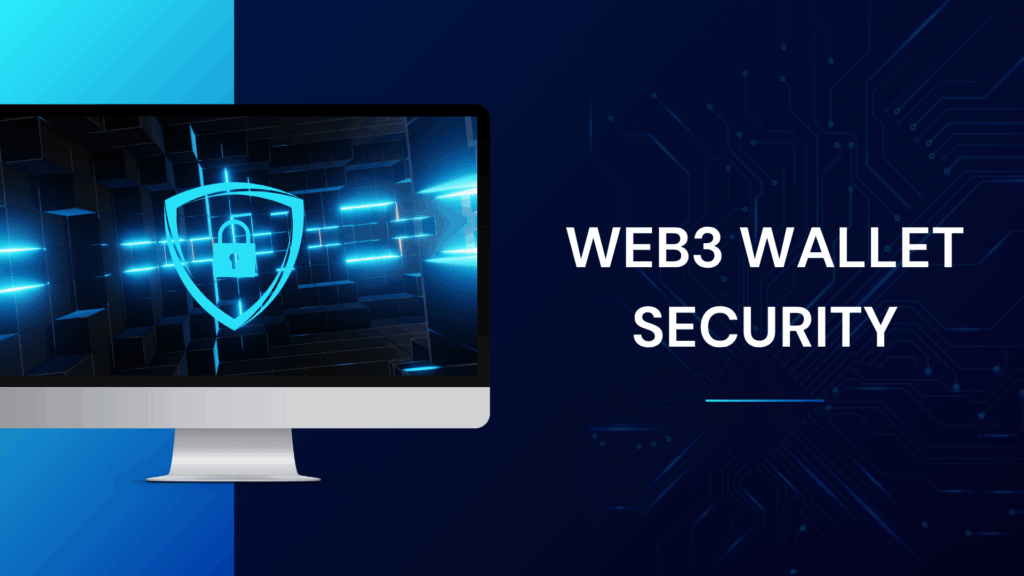

A web3 wallet is a tool for interacting with blockchain networks, storing cryptocurrencies, NFTs, and connecting to dApps. It serves as a gateway to the decentralized web.
Custodial wallets are managed by third parties holding private keys, offering password resets but less control. Non-custodial wallets give users full control over keys, secured by seed phrases, with greater responsibility.
Examples include MetaMask (non-custodial, Ethereum-focused), Phantom (Solana), Safe (smart wallet), and Coinbase Wallet (custodial). The best choice depends on user needs and blockchain preferences.
Download a wallet app or extension from its official source, follow setup instructions, secure the seed phrase, and set a password or PIN. For hardware wallets, purchase directly from the manufacturer.
Use it to send/receive assets, connect to dApps, manage NFTs, or interact with smart contracts. Always verify transaction details and secure your keys.
Table: Web3 Wallet Comparison
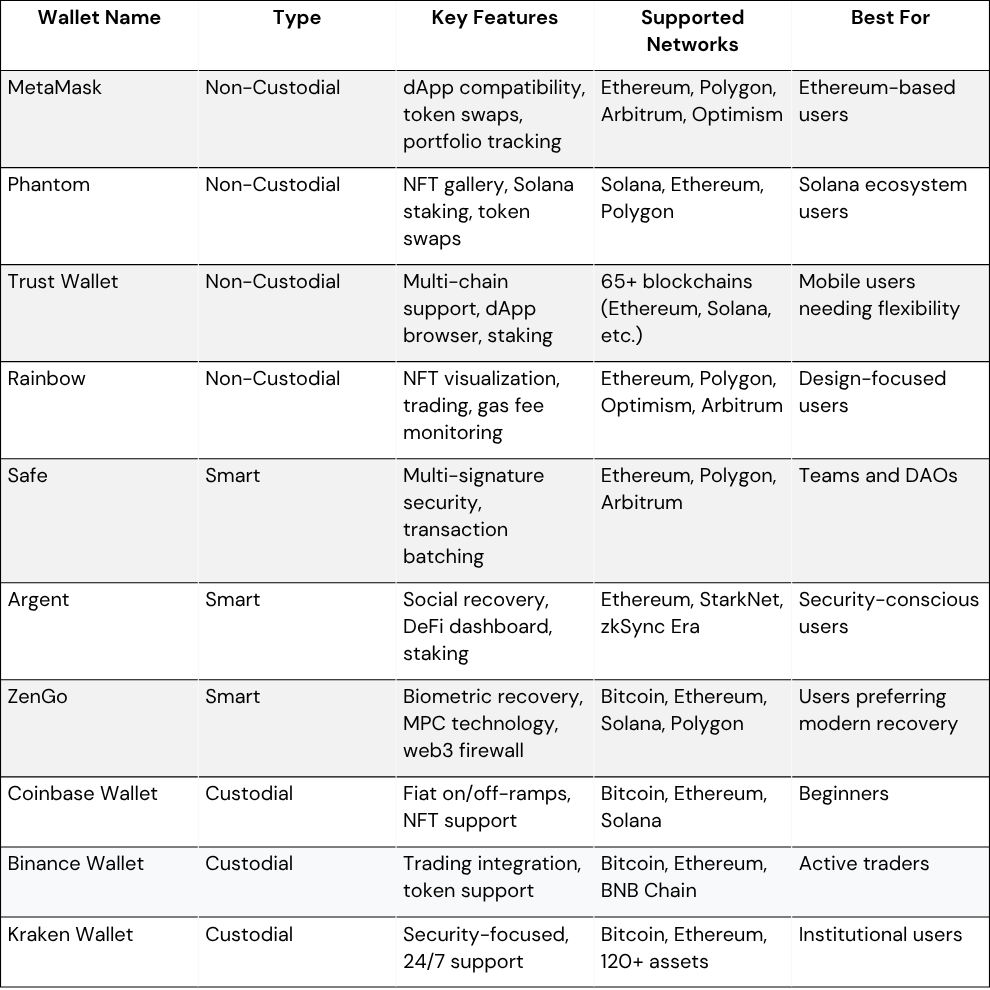
Notes:
Web3 wallets are essential for navigating the decentralized internet, offering tools to manage assets and engage with blockchain ecosystems. From custodial wallets for beginners to smart wallets with advanced features, users have diverse options in 2025. Prioritize security, research thoroughly, and choose a wallet that aligns with your needs.